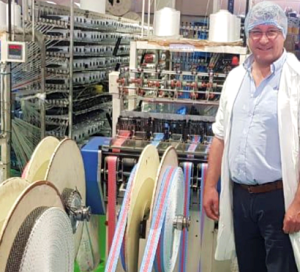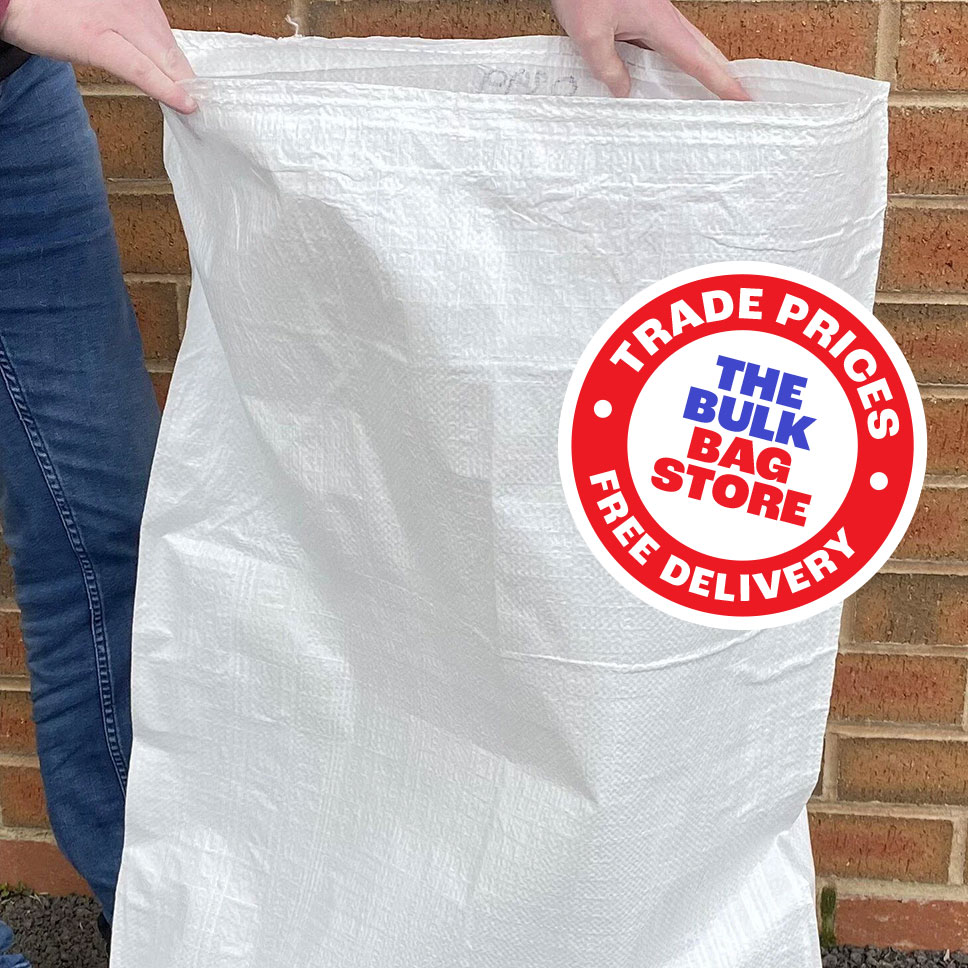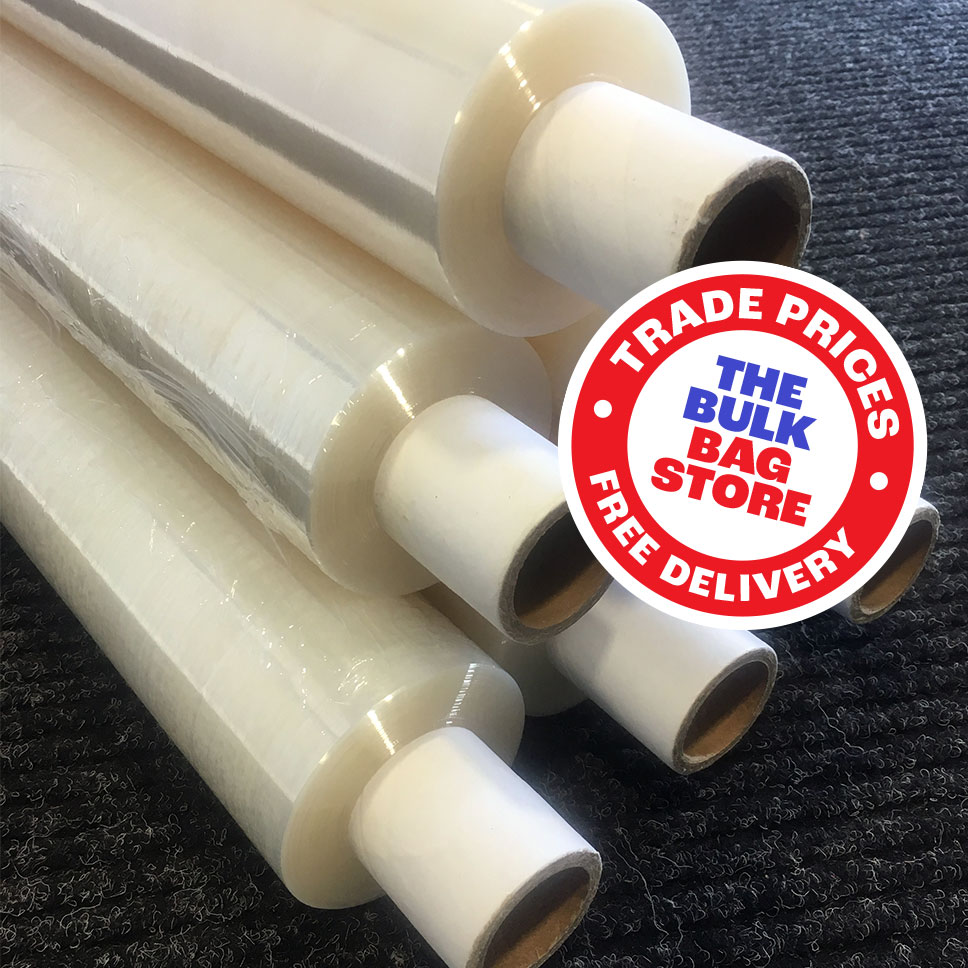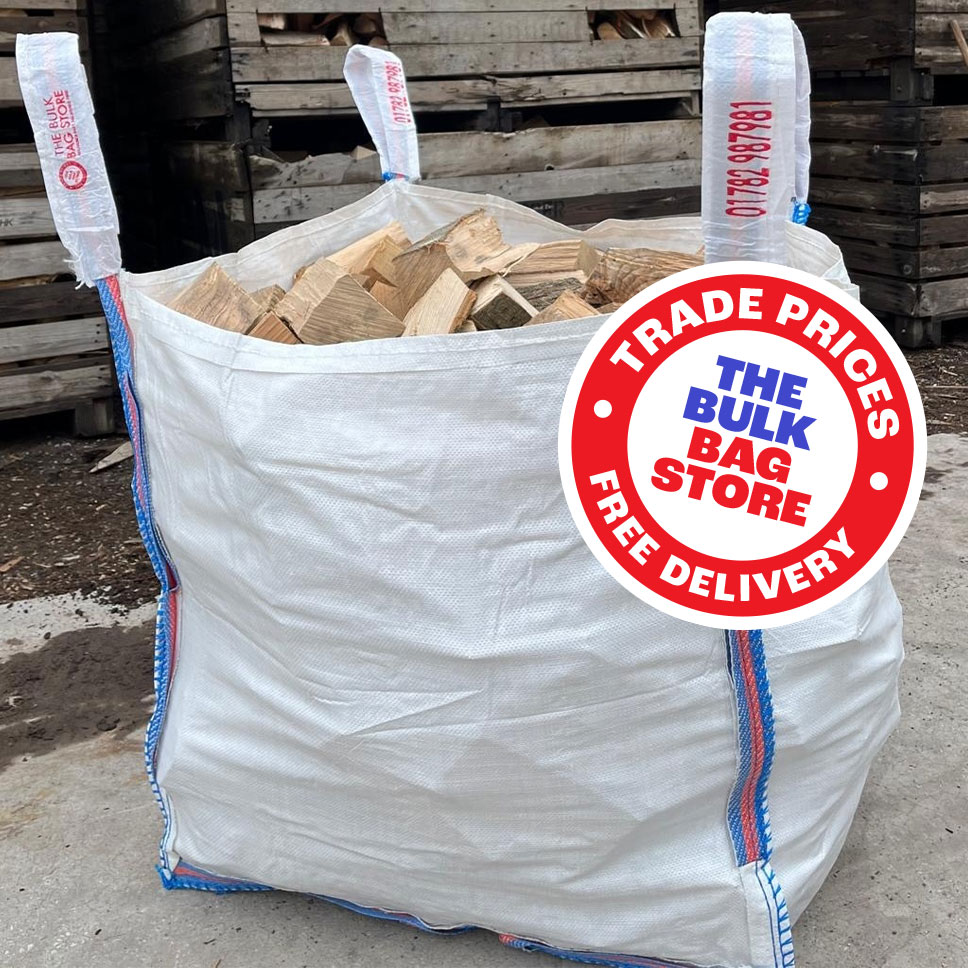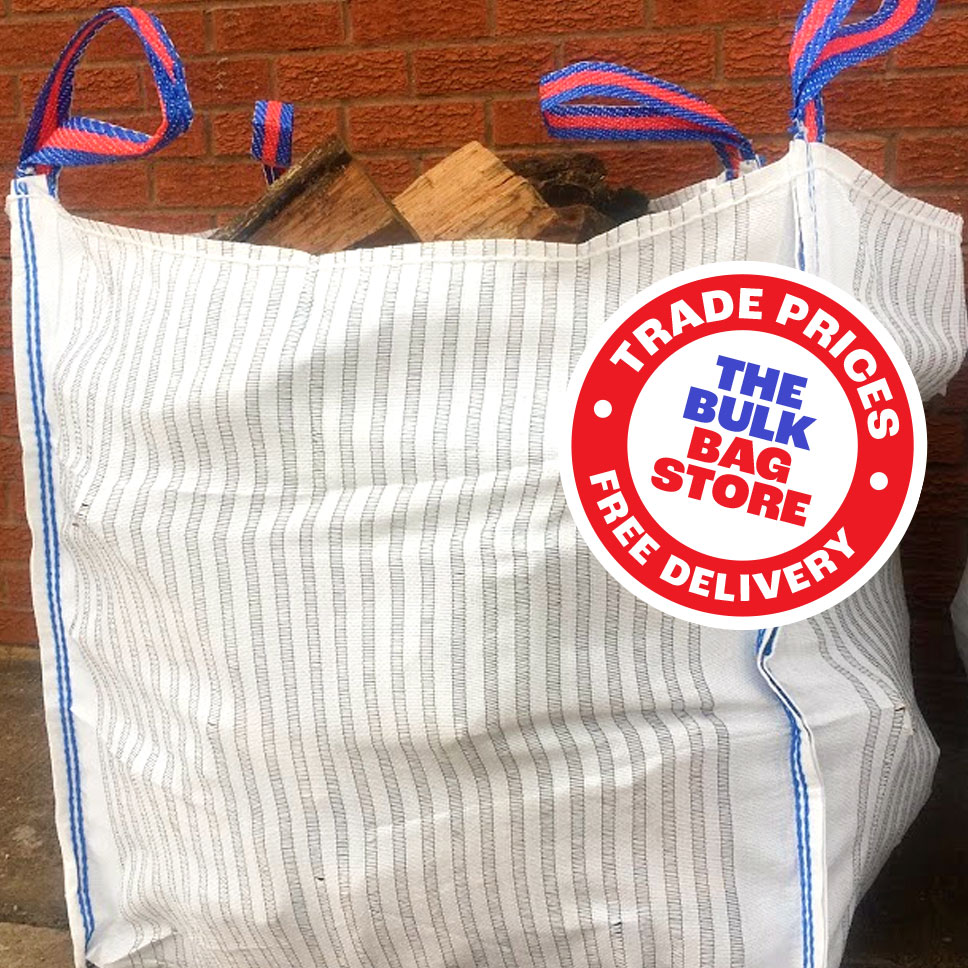What are the trends affecting industrial packaging in 2018
In most industry sectors trends come and go, and the industrial packaging market is no different. These trends can come from advances in technology, changes to the economy or client requirements, but they generally help to fuel growth.
Growth in the industrial packaging sector is predicted to be around three and half per cent per annum up to 2020, taking the estimated global market value to in excess of $60 billion. During that period, Asia is set to pull ahead of North America and Western Europe in terms of its market share. There are a number of trends which are expected to drive this growth.
The impact of certain materials on the environment has been making headlines recently and will continue to do so, as the public outcry to the damage caused to wildlife and our own ecosystems continues. This will have a huge impact on the industry as clients demand changes to the types of packaging materials they use. A key driver behind the move towards more sustainable and environmentally friendly packaging has been the 3Rs legislation: reuse, reduce, and recycle.
These 3Rs are already making an impact on packaging made from metal products. It’s much less damaging to the environment to recycle materials such as steel than it is to extract new sources. Metal also stands up well to recycling and there is already a huge market in reconditioned metal drums that can be used time and time again.
In the paper and plastic packaging sector, technological advances over the last few decades have improved the quality of materials by reducing the weight and amount of material used without sacrificing quality, durability and strength, all of which are key factors in the packaging market.
While reducing the volume of packaging material used will help with demands on the industry to reduce the environmental impact it has, this reduction also helps to make suppliers more competitive, as they can help to reduce their clients’ logistics and materials costs.
These advances in the manufacture and production of packaging materials have another benefit, as they allow carriers to better optimise the shape of the packs they carry. In turn, this means that the available carriage space can also be optimised, without compromising the security and protection of the products being shipped. It is believed that this will continue to be a key trend for some time, as businesses within the supply and logistics chain drive industrial packaging suppliers to provide them with materials that allow them to maximise space per load and therefore to reduce costs.
While these are seen as some of the overarching trends that will affect the packaging sector over the coming years, manufacturers and suppliers themselves are also keen to ensure that safety isn’t compromised in pursuit of cheaper and less bulky packaging. In particular, the movement of certain hazardous materials still needs to be carried out following the strict guidelines put in place by the UN under its certification scheme. The scheme ensures that such materials are correctly packed and labelled so that they are easily identifiable during transportation and in the event of spillage or accident.


